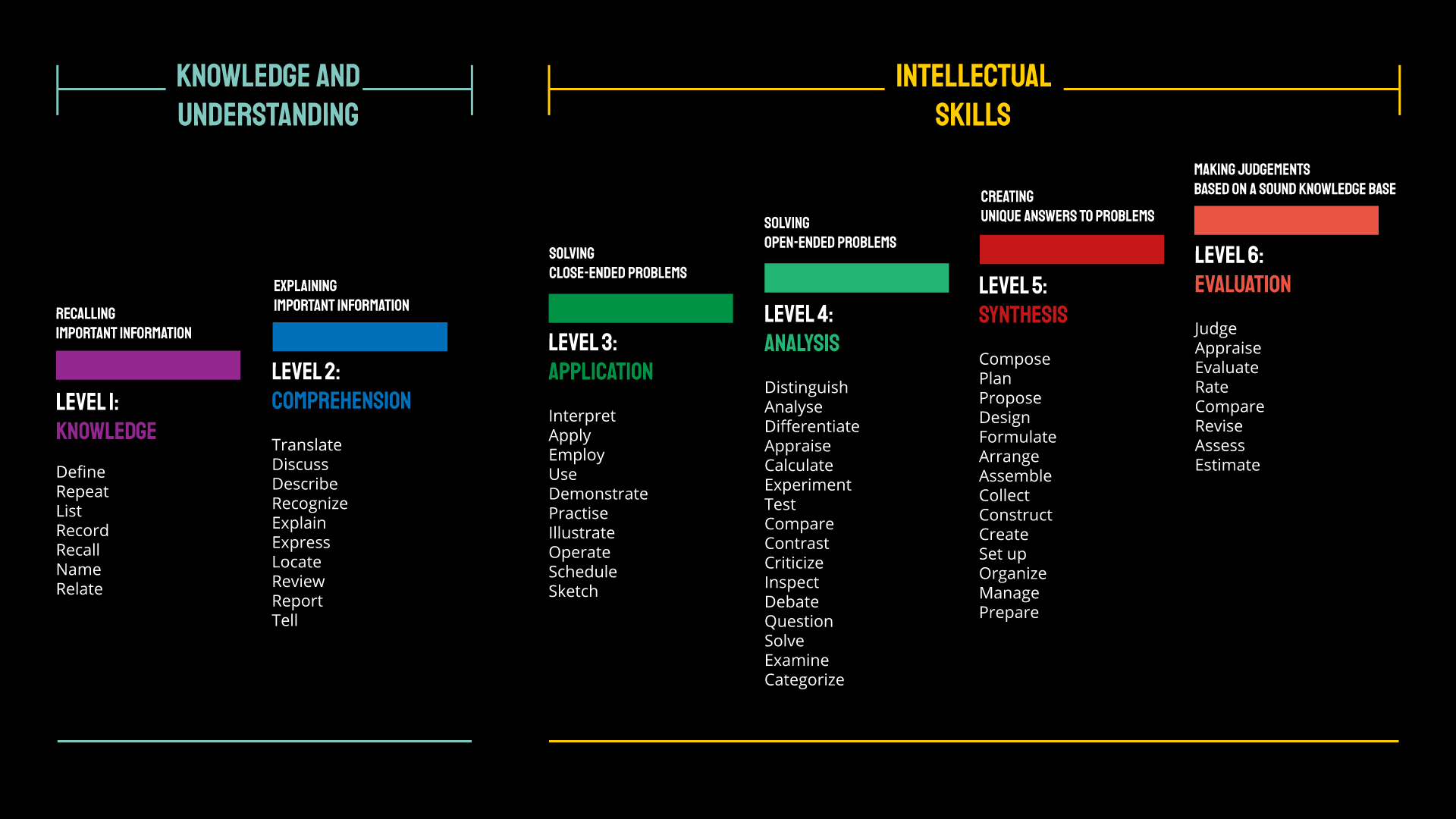3 Steps to Create a Training Program like a Pro
Whatever training you have to deliver – create an employee onboarding program to introduce a newcomer to your corporate culture, standardize communication for a care team, franchise your business or create a customer training – you need a didactical process.

2 min read
Whatever training you have to deliver – create an employee onboarding program to introduce a newcomer to your corporate culture, standardize communication for a care team, franchise your business or create a customer training – this article will help you save tons of your time for content creation which you can invest into other areas of your work and life.
Through our 6-year experience of creating educational content for thousands of clients, we applied different approaches and came to a conclusion that there is a very helpful approach that can be applied to any type of training, industry or company type. What's more important, you can apply this method right away, even if you don’t have much experience in creating training programs.
What approach is it? It is backward planning.
Backward planning process or backward design is a process where you start creating your content with defining learning goals. This process consists of 3 steps:
Define learning goals -> Define assessments -> Create content

Let's have a look at each of them.
- Define Learning Goals. Begin with the end in mind: what do I want the learners to be able to do after the course? Here we assume you already know your learners good enough.
When setting up learning goals, please think in terms of measurable achievable results. For example, you can find many helpful verbs in the Bloom's taxonomy to formulate the learning goals.

For example, if we create a course on time management, one of the learning goals can sound like:
After finishing the course, the learners will be able to name different tools for time management.
Formulate the learning goals as precisely as possible and make them as measurable as possible, because clear goals will allow you to create logical and easy-to-follow content.
- Define assessments. Now that you have all your objectives set up, look at each of them and identify a way how you will evaluate if this objective has been achieved by a learner. Ask yourself: How will I know that the learner has actually learnt the information, what task should they perform? Assessment can have different formats depending on your learning goals and technical possibilities but even assessment with the single and multiple choice questions, when formulated right, can help your learners check their knowledge. For each of the objectives you can define a question that will help you define that the objective is achieved. For example, for our simple learning goal from the previous paragraph, the assessment may look like:
Tools for time management are (choose all that apply):
a) to-do-lists;
b) urgency-importance matrix;
c) television;
d) time tracking software;
e) messaging software.
- Create content. Now that you have all the assessments for all the learning goals, you can start working with content. It is super easy now, because you just have to look at each of the questions (or any other evaluation activity) and decide which piece of content will help the learner to answer that question.
For example, to answer the multiple choice question about the tools for time management a 2-minute introductory video presenting them is enough. Or an article with their description. After identifying content for each of the questions, just play with it so it looks nice and interleaved.
Tips & Tricks
- Content format
It is up to you what format to choose to present the content you want to teach: text, video, audio, infographics, games. The most important thing is that the content corresponds to the learning goals and contains exactly what you want your learners to achieve, not more and not less. Of course, it is also necessary to present your information in a clear way: so it's better to avoid heavy texts and create visually appealing content where the learners can find the information easily and have fun learning. - Video length
If you choose video format, it is a good idea to create several shorter videos rather than one long video. Think of the webinar recordings or videos you usually watch, when you start them and see that their duration is 1.5h how motivated do you feel? A several-minutes video giving content exactly for one well formulated learning goal is perfectly fine. Here is a large-scale study conducted by MIT on a length of educational videos.
To sum it up
Learning goals first, content second
Backward planning planning helps you get a clear understanding of the outcomes you want to have. If you begin with the end in mind, with the goals, it will be easier to define the relevant content and delete unnecessary (or nice-to-have) information. It is especially helpful if the topic is very broad and you have lots of expertise on it. In this case it can be challenging to narrow the topic down to give the learners the most important information in a clear way. So, first goals and then the rest!

